Stringent Emission Regulations
The Engine Oil Additive Market is significantly influenced by stringent emission regulations imposed by various governments. These regulations aim to reduce harmful emissions from vehicles, prompting manufacturers to develop engine oils that comply with these standards. Engine oil additives play a crucial role in enhancing the performance of low-emission engines, ensuring they operate efficiently while minimizing environmental impact. As regulatory bodies continue to tighten emission standards, the demand for advanced engine oil additives is likely to increase. This trend is evident in the automotive sector, where compliance with regulations is becoming a key factor in product development. The Engine Oil Additive Market is thus positioned to grow as manufacturers adapt to these regulatory changes and invest in innovative additive technologies.
Expansion of Automotive Aftermarket
The Engine Oil Additive Market is experiencing growth due to the expansion of the automotive aftermarket. As vehicle ownership increases, the demand for aftermarket products, including engine oil additives, is on the rise. Consumers are increasingly seeking to enhance the performance and longevity of their vehicles through the use of high-quality additives. Market data indicates that the automotive aftermarket is projected to grow at a compound annual growth rate of around 4% in the coming years. This growth is likely to drive the demand for engine oil additives, as consumers look for products that can improve engine efficiency and reduce maintenance costs. The Engine Oil Additive Market stands to benefit from this trend, as manufacturers respond to the increasing demand for aftermarket solutions.
Rising Awareness of Vehicle Maintenance
The Engine Oil Additive Market is benefiting from a rising awareness of vehicle maintenance among consumers. As individuals become more informed about the importance of regular oil changes and the role of additives in prolonging engine life, the demand for high-quality engine oils is increasing. This trend is supported by various educational campaigns and resources that emphasize the significance of using additives to enhance engine performance and efficiency. Market data indicates that consumers are increasingly willing to invest in premium engine oils that contain advanced additives, which can lead to better fuel economy and reduced wear. Consequently, the Engine Oil Additive Market is likely to experience growth as consumers prioritize maintenance and seek products that offer superior protection and performance.
Increasing Demand for High-Performance Vehicles
The Engine Oil Additive Market is experiencing a notable surge in demand for high-performance vehicles. As consumers increasingly seek enhanced vehicle performance, manufacturers are compelled to formulate engine oils that incorporate advanced additives. These additives improve engine efficiency, reduce friction, and enhance overall performance. According to recent data, the market for high-performance vehicles is projected to grow at a compound annual growth rate of approximately 5.5% over the next few years. This trend is likely to drive the demand for specialized engine oil additives, as consumers prioritize quality and performance in their vehicles. Consequently, the Engine Oil Additive Market is expected to witness significant growth, as manufacturers innovate to meet the evolving preferences of performance-oriented consumers.
Technological Innovations in Additive Formulation
The Engine Oil Additive Market is witnessing a wave of technological innovations in additive formulation. Manufacturers are increasingly investing in research and development to create advanced additives that enhance engine performance and efficiency. Innovations such as synthetic additives and multifunctional formulations are gaining traction, as they offer improved lubrication, reduced friction, and enhanced thermal stability. This trend is supported by the growing demand for engine oils that can withstand extreme operating conditions. Market analysis suggests that the introduction of new additive technologies could lead to a substantial increase in the overall market size. As manufacturers strive to differentiate their products, the Engine Oil Additive Market is poised for growth driven by these technological advancements.
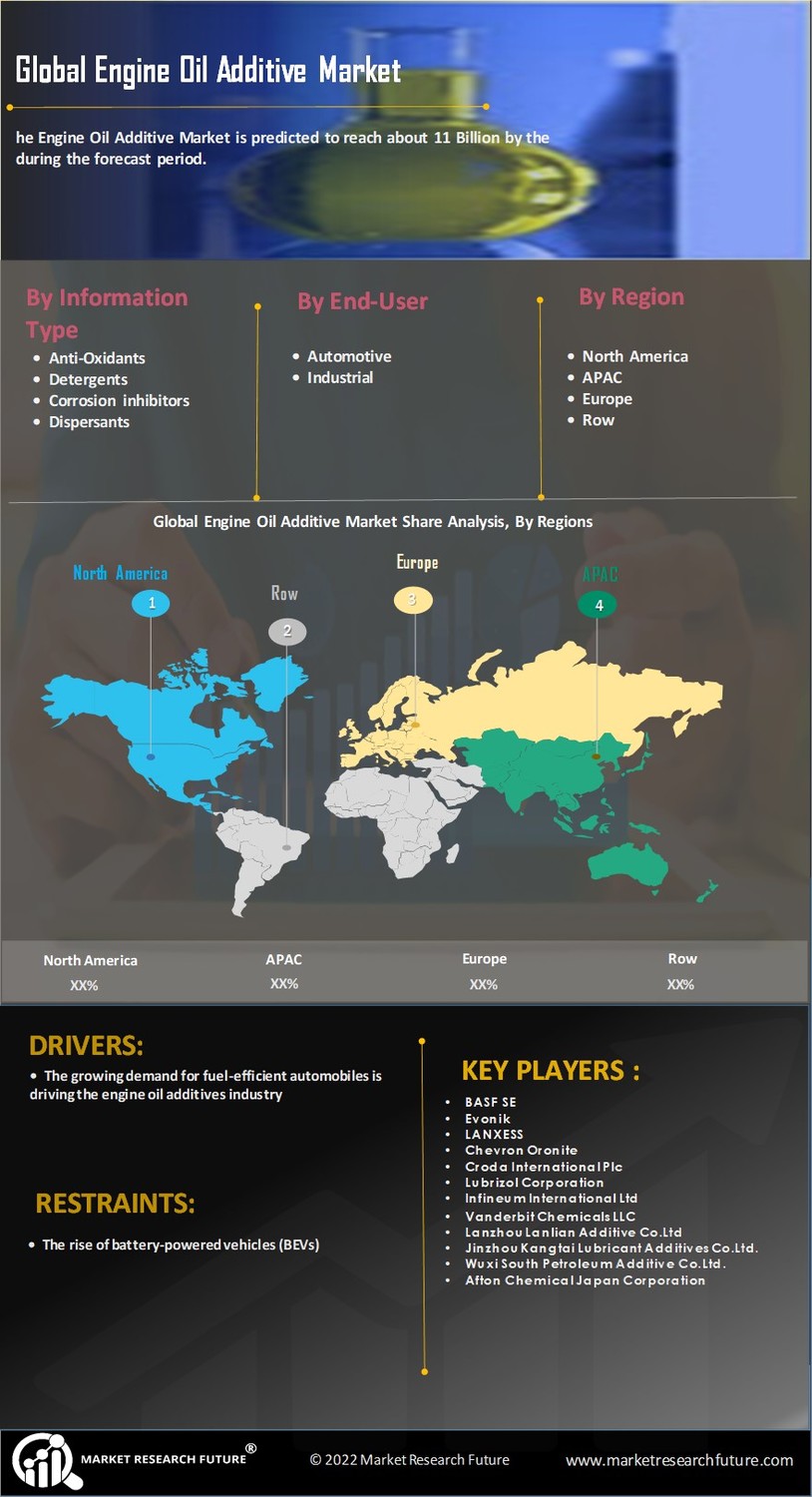

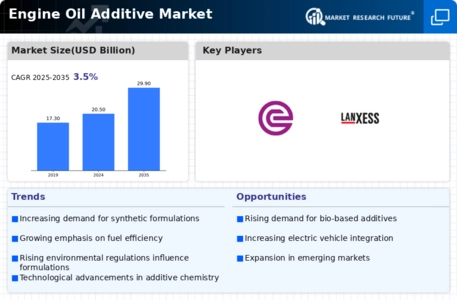
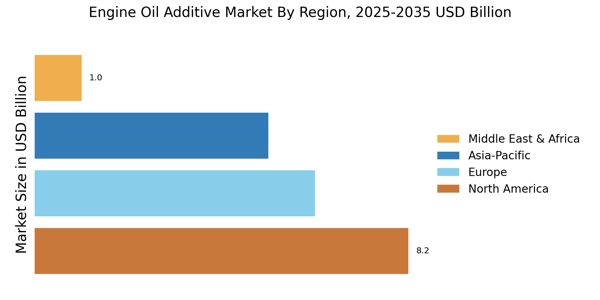
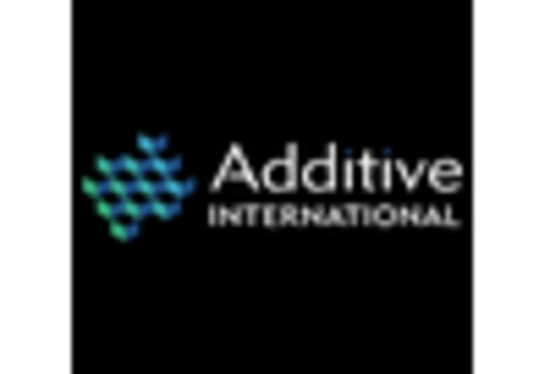
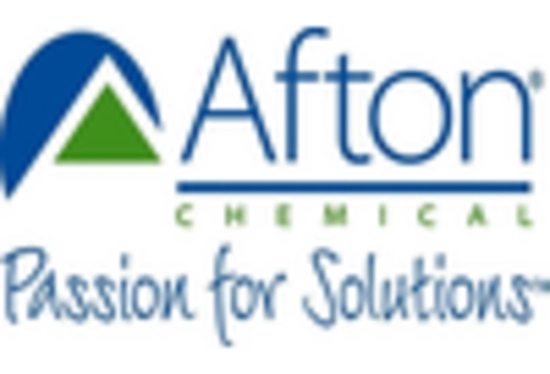

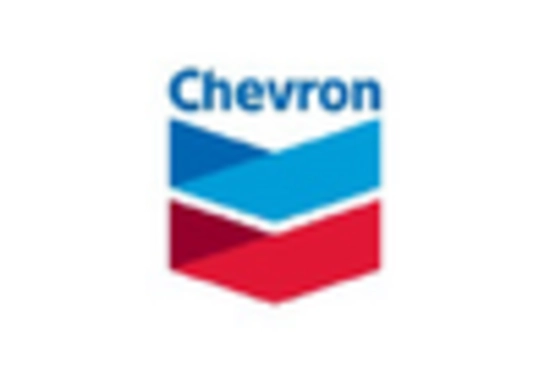

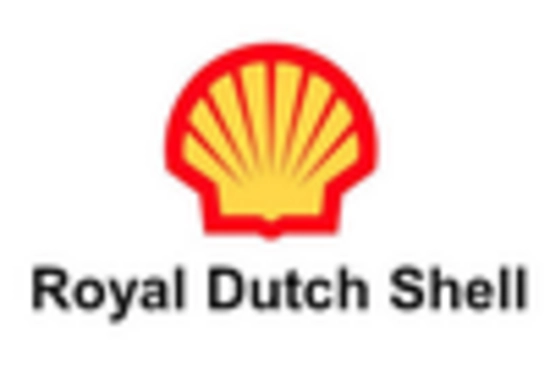








Leave a Comment